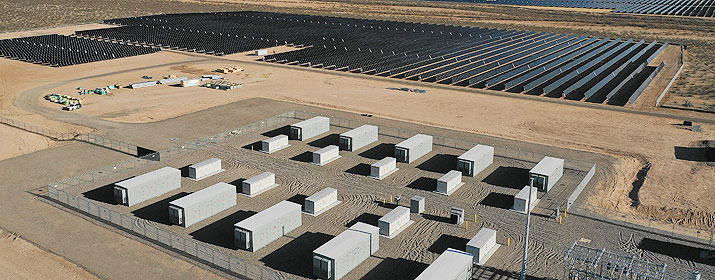Tucson Electric Power (TEP) is set to construct a substantial battery energy storage system in southeastern Tucson, aimed at bolstering the reliable supply of solar energy to its customers. This innovative venture, known as the Roadrunner Reserve system, is poised to become the largest energy storage facility in TEP’s portfolio and one of Arizona’s most extensive. With a capacity of 200 megawatts (MW) and the ability to store 800 megawatt hours of energy, it is primed to serve approximately 42,000 homes for up to four hours when running at full capacity. The system is slated to commence operations in the summer of 2025.
The Roadrunner Reserve system is designed to charge during the morning and early afternoon, leveraging the peak productivity of solar resources, and subsequently release stored energy during the hours of highest customer demand later in the day. This strategic installation will be located adjacent to a TEP substation on the southeast side.
Susan Gray, TEP’s President and CEO, highlighted the significance of the Roadrunner Reserve in maintaining energy reliability, particularly during the scorching summer months. Gray noted, “Roadrunner Reserve will help us maintain reliability as we ambitiously but responsibly expand our community’s renewable resources.”
Battery energy storage systems have emerged as a pivotal tool for utilities like TEP, facilitating the optimization of wind and solar resources by “shifting” their energy output to match peak demand periods. These systems also aid in balancing energy production throughout the day, addressing interruptions caused by cloud cover or shifting wind patterns. Currently, TEP boasts 51 MW of energy storage capacity, with the Wilmot Energy Center’s 30 MW battery standing as the largest among them.
TEP will take ownership and oversee the operation of the Roadrunner Reserve, with the system’s design and construction entrusted to Scottsdale-based DEPCOM Power, Inc. The cutting-edge technology selected for this project includes lithium iron phosphate battery units, which offer an extended lifespan and enhanced safety features when compared to other battery technologies.
The Roadrunner Reserve project aligns seamlessly with TEP’s 2020 Integrated Resource Plan (IRP), which outlines the utility’s commitment to reducing carbon emissions by 80% and adding up to 1,400 MW of energy storage by 2035. The next IRP filing from TEP is scheduled for November 1, 2023.
This new addition to TEP’s renewable resources builds upon recent developments, including the 250-MW Oso Grande Wind Project, the Wilmot Energy Center featuring a 100-MW solar array and a 30-MW battery storage system, and the 99-MW Borderlands Wind Project.

